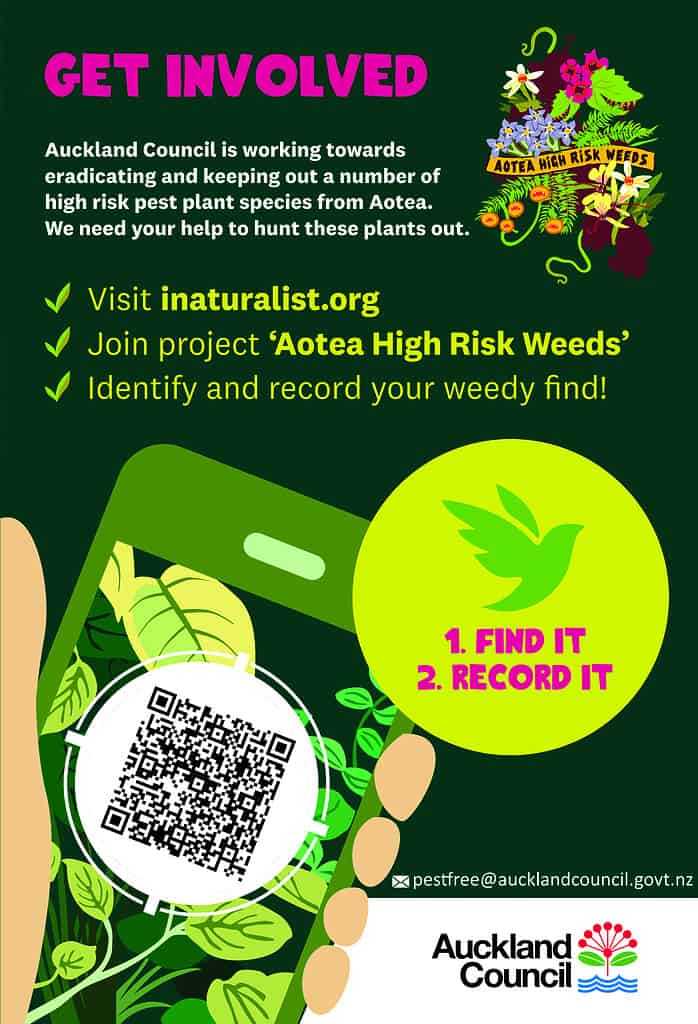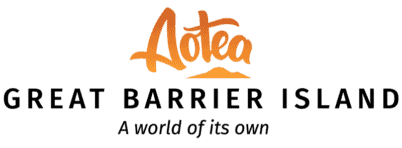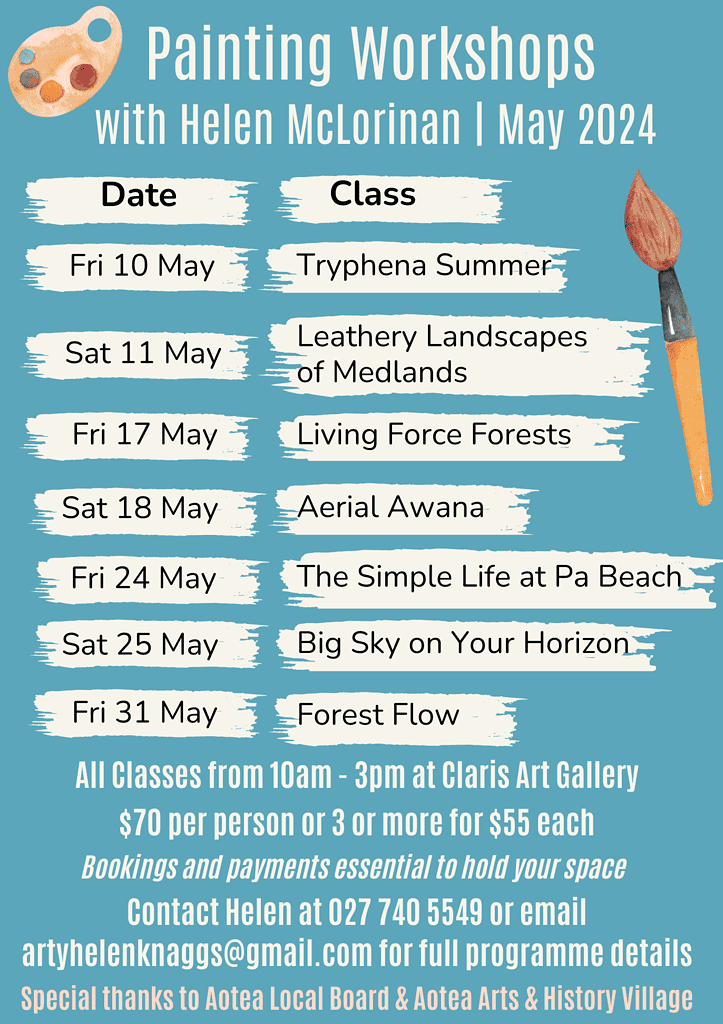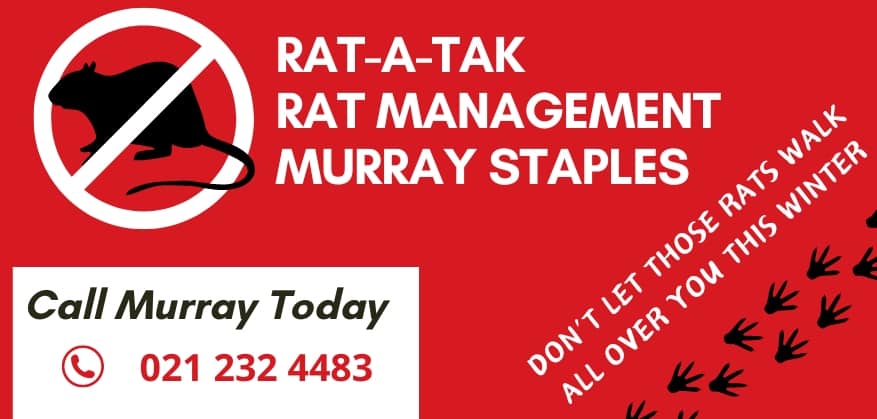Kahili Ginger (Hedychium gardnerianum), is a major threat to Aotea, an invasive pest plant with a liking for choking out native flora.
Its shade tolerant nature allows it to take hold in even the most pristine native bush and it spreads easily – birds disperse seeds and fragments of tubers can take hold in most environments, so it has no boundaries! At this time of year, Kahili Ginger is moving from displaying flowerheads with lemon-yellow flowers and conspicuous red stamens, to developing a fruiting spike with fleshy orange fruits, so keep a lookout!
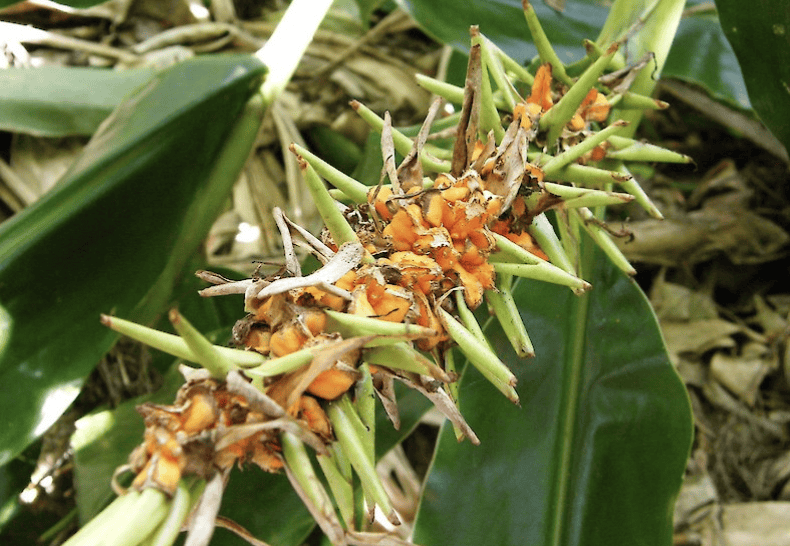
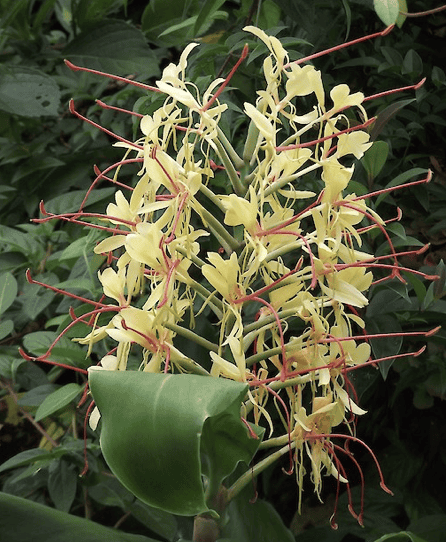
Historically brought in as an ornamental plant for home gardens from the Himalayas, Kahili Ginger has been silently moving over to Aotea’s native bush and has taken over many parts of the mainland. Auckland Council and contractors Envirokiwi and Motairehe Ltd are on a mission to eradicate this pest plant before it takes a foothold on the island’s unique environment.
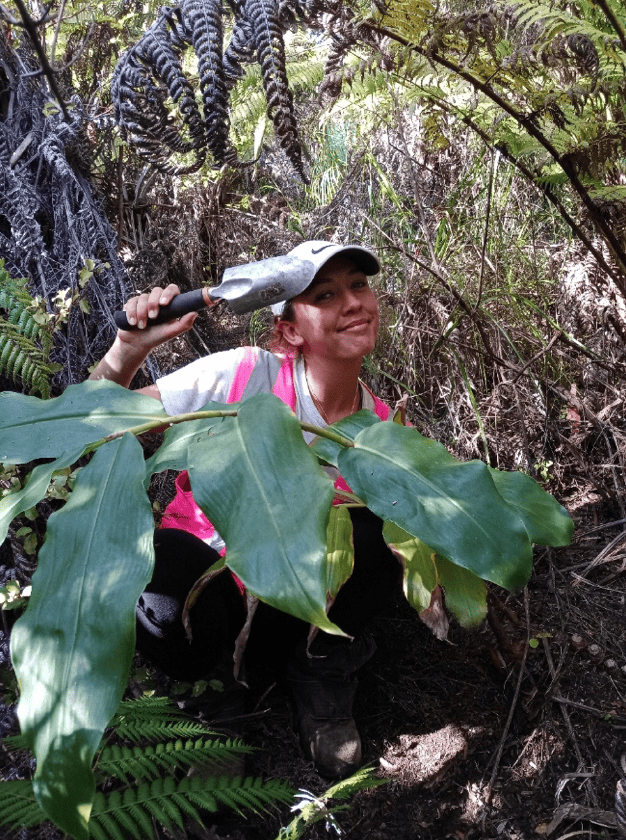
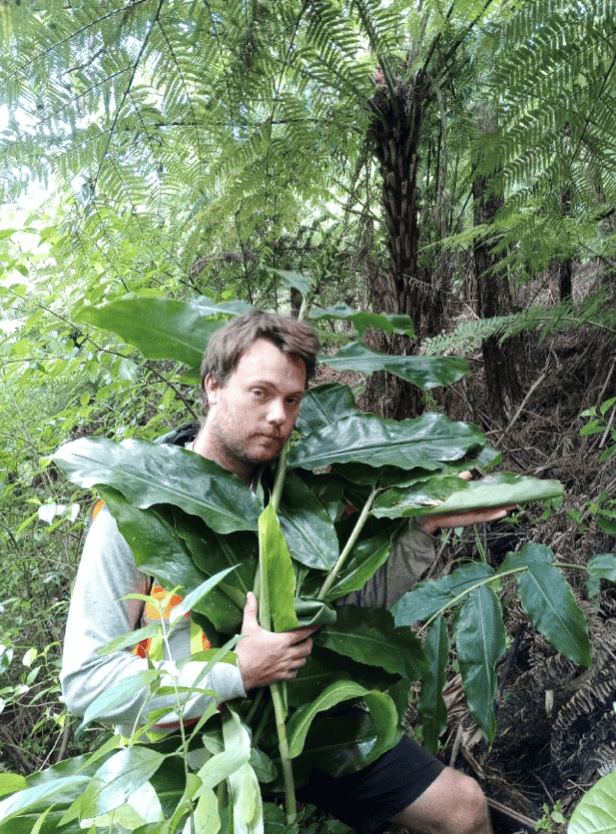
Before and After Control of Kahili Ginger invading native coastal bush at Leigh, Auckland
Over the easter weekend, I helped my parents’ neighbours out by controlling a sizable patch of Kahili Ginger at Leigh, north of Auckland. It was evident that this patch was the seed source for more plants popping up around the bush block we are working towards restoring. Unfortunately for the mainland the horse has bolted for Kahili Ginger, and eradication is no longer feasible. We are lucky here on Aotea that thanks to early control efforts and our island’s isolation, Kahili Ginger is not yet widespread and we are working towards eradicating it under our Low Incidence Pest Plant program.
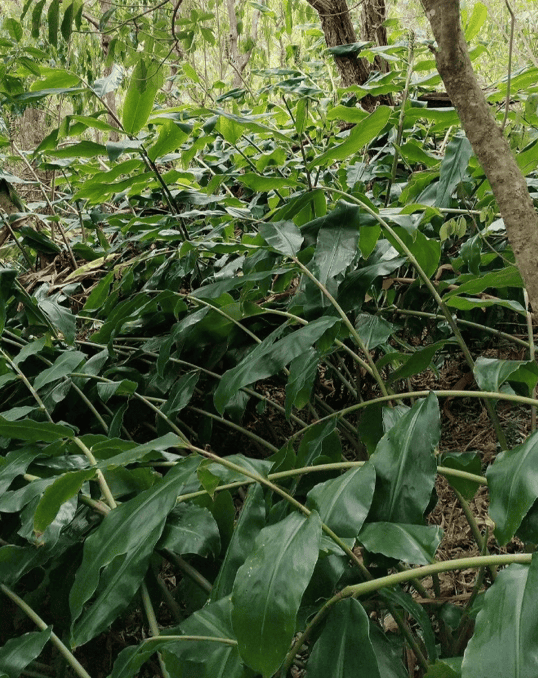
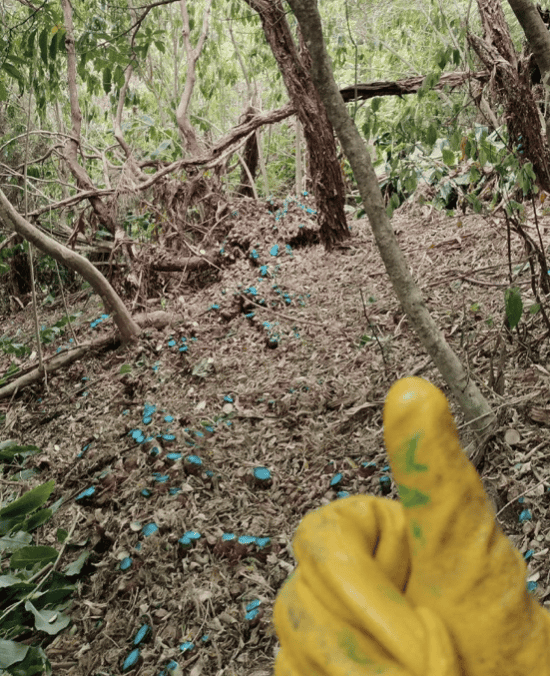
How Kahili Ginger sites are managed on Aotea
Envirokiwi and Motairehe Ltd search for and implement control measures across Aotea at known Kahili Ginger sites. The process involves teams grid searching defined survey areas to pinpoint the plant’s locations. To prevent regrowth, any plants found must have all viable parts removed and the material carefully taken off site for disposal. Repeat visits are needed for the life of the seedbank. The longevity of Kahili Ginger seed in the ground is 4-5 years. Previously managed areas on the island are starting to show signs of recovery as native species reclaim their space.
How you can help
The fight against Kahili Ginger is a mission that requires the collective effort of the island’s residents and visitors. The community can play a vital role by assisting with surveillance and reporting any sightings of Kahili Ginger to Auckland Council. Early detection is key to preventing further spread, and the eyes and ears of the community are invaluable in achieving this. Become a ‘Ginger Ninja’ by joining the ‘Aotea High Risk Weeds’ project on iNaturalist and record your other high risk weed finds too!
Words and photos supplied by Niklas Erikson, Auckland Council Senior Conservation Advisor
